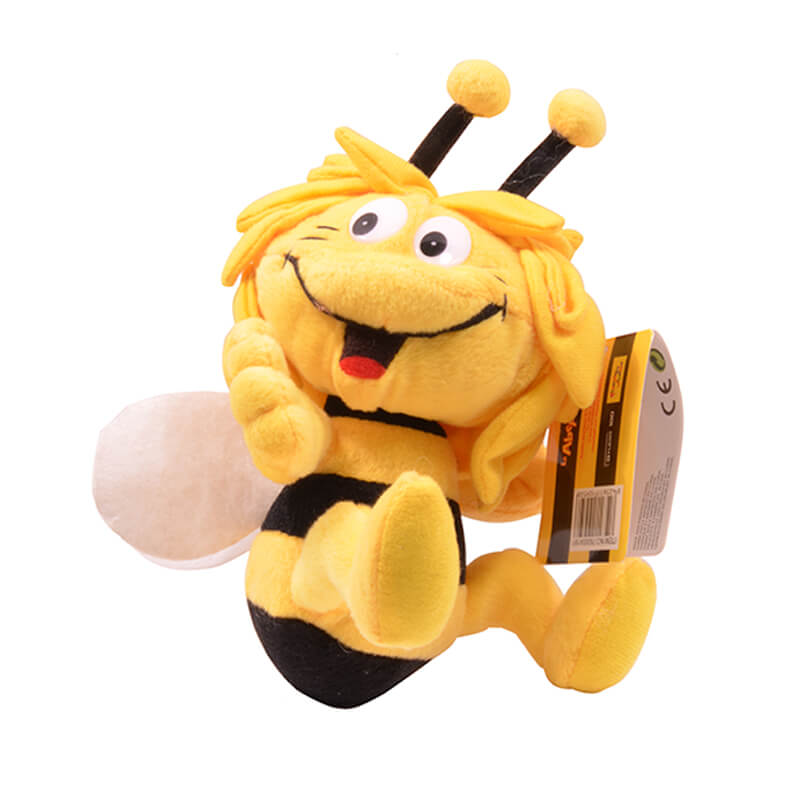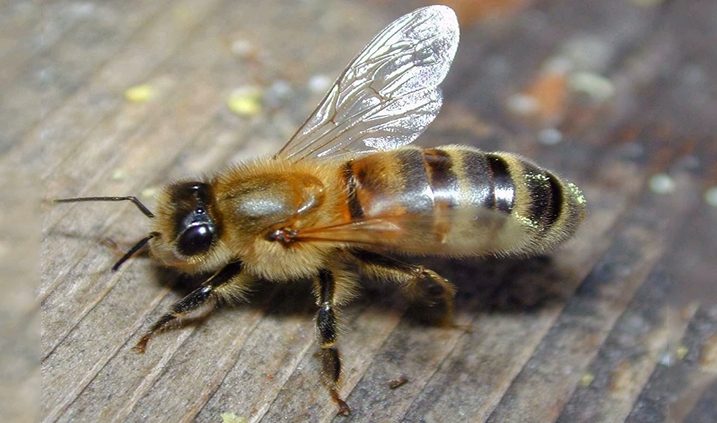Bees learn while they sleep, so they might dream.
It seems that bees are only used to produce raw honey, wax, propolis, pollen and royal jelly. Knowing the nature of bees, is helping science to know better the human brain and achieve many solutions to problems in society.
In El Cortijuelo de San Benito physical store located in Las Rozas in Madrid and online store with the largest variety of raw honeys in Spain and Europe. If you want to learn more about bees, you may be interested: The bees, their honey and curiosities
Man and the Honey Bee
Despite the obvious differences that exist between human beings and bees, men and bees share numerous difficulties that nature presents to us.
We and bees are social species. Humans have the ability to communicate through words and writing, bees communicate through a dance, making turns in specific directions during specific times in order to indicate to their companions where good sources of nectar and pollen are found, with which they will feed the hive and elaborate their honey.
However, it is the longest-lived worker bees, the pecorators, who carry out the food collection. The same as in human communities, bees divide their work by sectors; some clean the hive, others take care of the larvae, others are in charge of security and the older ones are in charge of collecting pollen and nectar, take it to the hive and elaborate the honey.
All worker bees pass through all sectors of work with the passage of age, from waste disposal, through the processing of honey to pecoreo.
But not everything is to work, to work, and to work without rest. Bees also take time to rest and sleep.
Bees Sleep
Like our circadian rhythm, every 24 hours, bees sleep 5 to 8 hours a day. In the case of pecorating bees, this happens at night when darkness prevents their pecoreo journeys.
But if the main objective of the hive is productivity and performance, why do bees waste much of their time, more than two-thirds of the day resting? What do they get when they sleep?
On this last subject, a handful of scientists have focused their research over the last few decades, all adding a grain of sand to better understand bees and ourselves.
Since Aristotle studied the monarchy of bee colonies in the 2nd century BC, the species of Apis mellifera, the honey bees, have been studied by generations of passionate scientists.
According to Karl von Frisch, Novel Prize winner and the first researcher to decode the bee dance in 1950, he saw the life of bees as a magical box.
Likewise, in 1983, another researcher named Walter Kaiser made another very important discovery, demonstrating that bees have the ability to sleep. He discovered through his observation hive, when the bees began their rest, the legs of the bees began to bend, also carrying the head downwards, that is to say, towards the ground. At the same time, their antennas stopped moving and in some occasions, the bees would be thrown to their side, as if their exhaustion was enormous. Some bees also grabbed each other’s legs while sleeping.
A recording of the sleeping bees
Kaiser’s studio was the first recording where you can see an invertebrate sleep. From here it was also discovered how cockroaches, route flies and jellyfish have temporary periods of inactivity in order to rest.
The evidence seems to indicate that the period of inactivity or sleep is shared by all animals, Barret Klein, the sleep biologist at the University of Wisconsin-La Crosse in the United States, told the United Kingdom media, the BBC. In addition, he added that there is no universally accepted exception for an animal that does not have a moment of rest or sleep.
Since sleeping in animals is so prevalent, this process must play a fundamental role in the biology of complex animal life. In order to discover the importance of sleep and the importance of this process in bees, a handful of scientists have been studying pecorating bees at night.
To better understand this process, scientists wondered how bees behave without sleep? The results showed that by not sleeping, bees cannot communicate properly, instead of performing the dance with incredible precision, sleepy bees make it sloppy, confusing their sisters in indicating the location of an interesting food source.

Photo 1: Mayan bee stuffed animal
Benefits of resting for bees
If their companions use this information to find the source of food, it is likely that they have difficulties finding the right path, therefore they would waste time and energy, therefore, the colony would have greater difficulties in their survival.
In addition, the sleep-deprived bees had difficulty returning to their hive when they left it in search of food, spending more time reorienting themselves with the sky and earthmarks they memorize and use as road signs. Many even were lost and never returned. In addition, these bees that had been deprived of their sleep, resting the next day, their rest was much deeper.
In another study carried out in 2015 by Randolf Menzel and his colleagues at the Free University of Berlin, they discovered that the bees that had not slept well at night, the next day began to forget fundamental activities for them.
In human beings these processes are well studied and it is known that when we enter a deep sleep, what we call slow wave sleep, is the one that consolidates the memory, transferring the short-term memories to lasting memories. What Menzel and his research team wanted to know is whether this same transfer process occurs in bumblebees.
For them. Menzel and his team had to teach the bumblebees something new, so they could check the transfer from short-term memory to lasting memory. For this purpose they used a protocol accredited and developed in 1983 by Menzel himself.
When bees are fed, they exhibit stereotyped behavior: that is, they lift their long tubular mouth parts, or tube, in order to absorb the food. In this experiment the bees were placed with a specific stench and were given a heat burn when they were feeding and it was seen that the response of the bees extending the tube could be provoked even if there was no food available.
This experiment would be equivalent to Pavlov’s famous dog response, but in this case instead of being a bell, bees associate stench and heat with food and extend their trunk in order to feed themselves even when there is no food.
This was much easier than with dogs, as bees are very clever and catch everything very quickly. They associated stench and heat with food at the third attempt. After this teaching, the bees stretched out their trunks without reward.
WILL CONTINUE…….
Sources:
Medio de comnicación del Reino Unido BBC, Bees learn whiile they sleep, and that means they might dream (Las abejas aprenden mientras duermen, y esto podría significar que ellas podrían soñar). 25 de junio del 2016. http://www.bbc.com/earth/story/20160621-do-bees-dream







Leave a Reply
Want to join the discussion?Feel free to contribute!